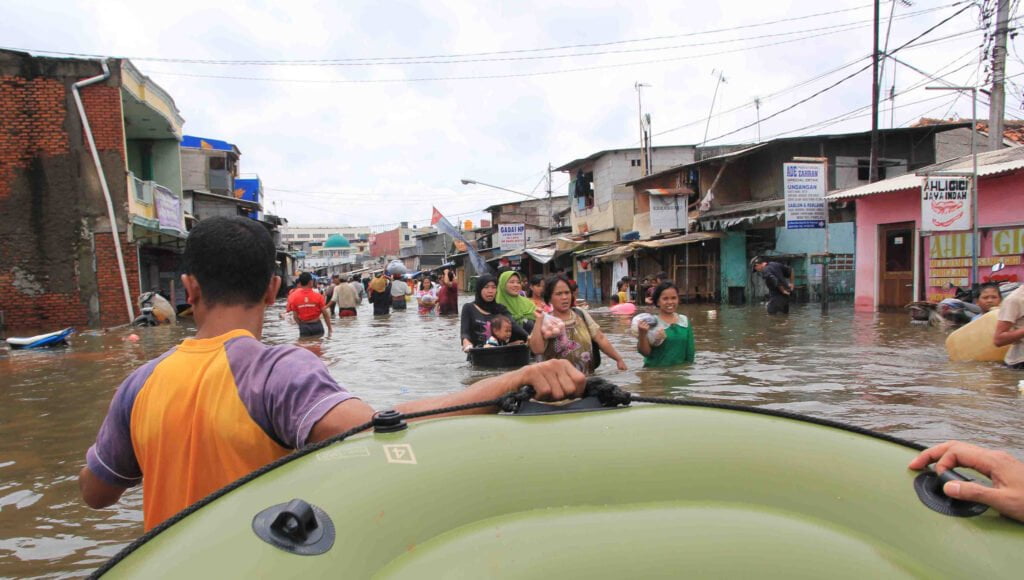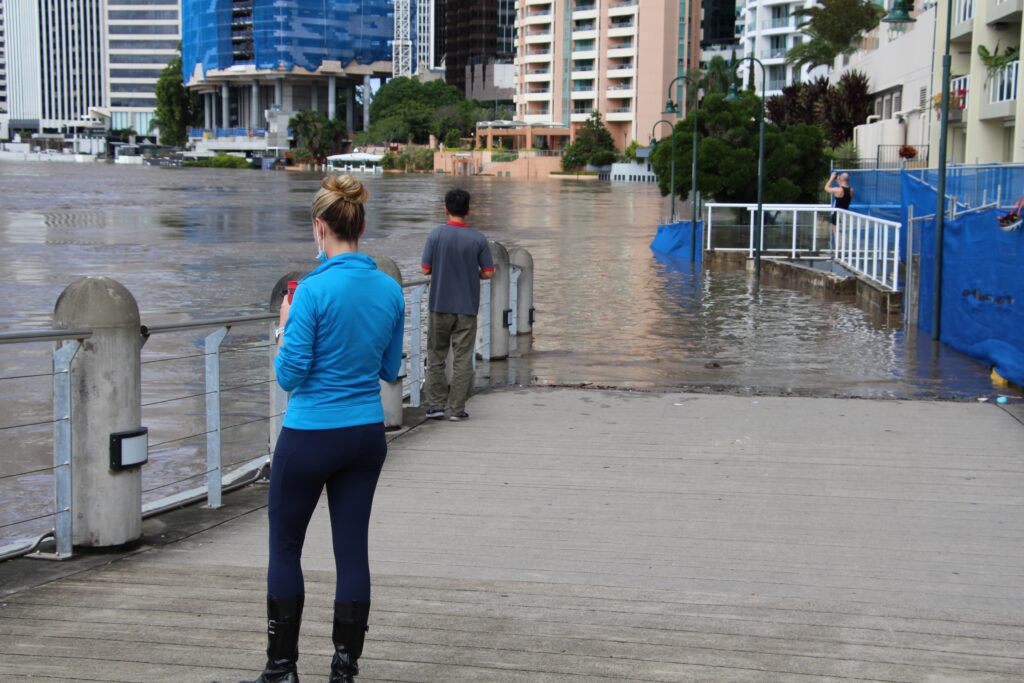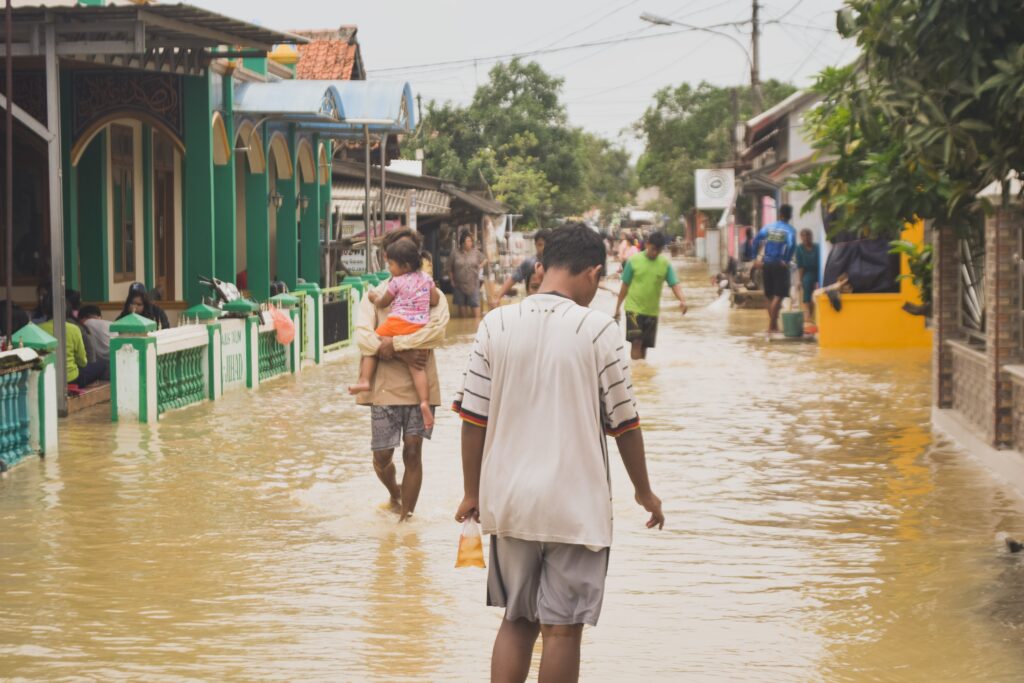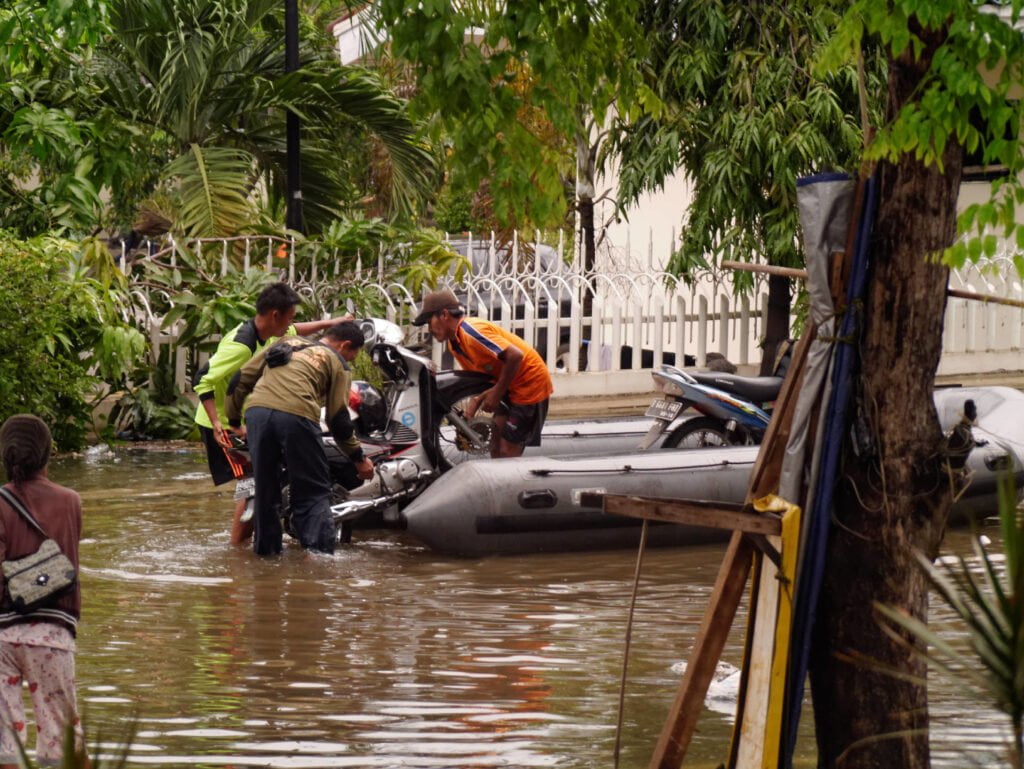We use cookies to improve your experience with Monash. For an optimal experience, we recommend you enable all cookies; alternatively, you can customise which cookies you’re happy for us to use. You may withdraw your consent at any time. To learn more, view our Website Terms and Conditions and Data Protection and Privacy Procedure.
Flood ready
Published on October 10, 2022As floods rise in ferocity, states face big decisions to safeguard the future of their land and their people.
 As the effects of climate change set in and sea levels rise, the world faces a reality in which flooding occurs more regularly and with more intensity. : Michael Joiner, 360info CC BY 4.0
As the effects of climate change set in and sea levels rise, the world faces a reality in which flooding occurs more regularly and with more intensity. : Michael Joiner, 360info CC BY 4.0
As floods rise in ferocity, states face big decisions to safeguard the future of their land and their people.
The world is in the grips of a flood crisis. As millions in Pakistan remain affected by flooding that has killed more than 1,500 people, Typhoon Noru has lashed the Philippines and Vietnam. Hurricane Ian, which left a trail of destruction in Cuba, has brought devastating floods to Florida.
“We’re continuing to see deadly rainfall, catastrophic storm surges, roads and homes flooded. We’re seeing millions of people without power and thousands hunkered down in schools and community centres,” said US President Joe Biden.
“They’re wondering what’s going to be left — what’s going to be left when they get to go home … or even if they have a home to go to. Some of the folks have been through this before, but that doesn’t make it any easier.“
But while extreme weather is becoming a new reality in the wake of intensifying climate change, death and destruction doesn’t have to be. Increasingly, flood adaptation and mitigation solutions are being trialled and developed by governments, private industry and the research community.
Some solutions relate to infrastructure — such as reservoirs and drainage systems — while others involve a rethink of where and how societies are developed, moving communities out of flood-prone areas.
Alongside changing the look and location of communities, living in a flood-resilient world requires a shift in policy and culture. Governments must be adaptable and proactive, willing and able to mobilise resources ahead of floods to assist in preparing, evacuation and clean-up.
REALITY CHECK
The 2022 Pakistan floods have cost the country an estimated US$10 billion, almost four percent of the country’s GDP, according to planning minister Asad Umar.
Between 1998 and 2017, two billion people worldwide were affected by floods.
23 percent of the world’s population is vulnerable to flood risk.
BIG IDEAS
Quotes attributable to Linda Speight, University of Oxford:
“The climate is changing. Extreme weather is occurring more frequently and there is an urgent need to increase flood resilience. To live successfully in a changing climate, all aspects of society need to be ready to adapt when warnings are issued.”
“Communicating extreme events is difficult. An individual’s response to flood warnings is often influenced by their previous experience. Without having seen a river in full flood, it is very difficult to comprehend the destructive power of water or appreciate the urgency of preparation.”
Originally published under Creative Commons by 360info™.











